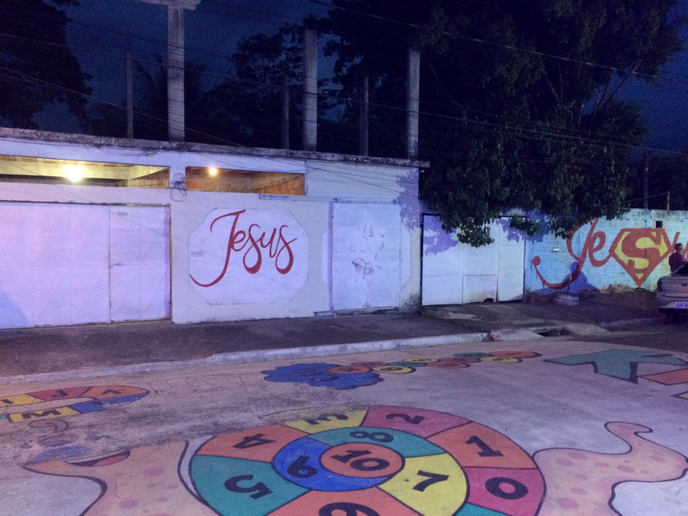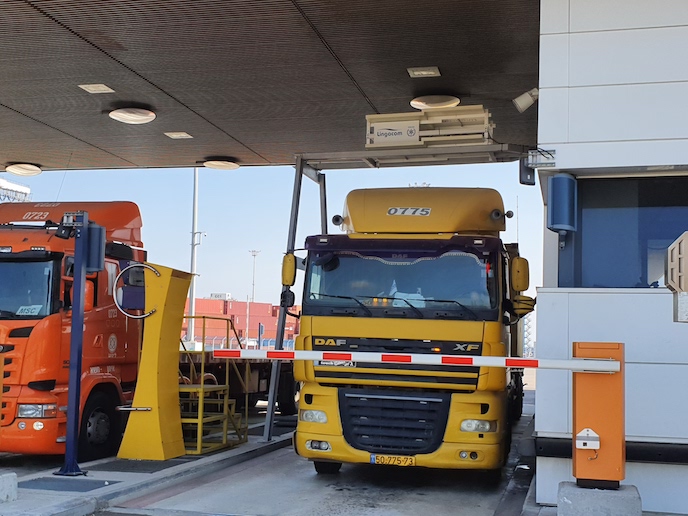Authority, order and the role of religious vigilantes
Religious vigilantes act side by side with state actors. They employ violence systematically to maintain control, but they do not seek to overthrow the state or gain the attention of a global audience. The number of megacities in the world is on the rise, as is the number of people with religious adherence. When state agencies cannot provide infrastructure and security to all citizens, alternative forms of governance arise. The EU-funded SACRASEC project explores how religion serves as a powerful component in the maintenance of civil order.
Ethnographic comparison
The emergence of religious vigilantes points to a different relationship between violence and religion than is emphasised in most studies of terrorism and fundamentalism. To better understand this dynamic, the project conducted an ethnographic comparison of three megacities of the Global South: Jakarta, Lagos and Rio de Janeiro. The case studies focused on Islamic and Indigenous religions in Jakarta, Christian, Islamic and Indigenous religions in Lagos, and Christian and Afro-Brazilian religions in Rio de Janeiro. Comparing the role of different religions in different communities allowed researchers to analyse the particularities of each context as well as to draw general conclusions about the role of religion in alternative governance. According to project coordinator Martijn Oosterbaan: “We documented in which ways the urban form is shaped by religious actors and how this relates to the neighbourhoods in which order is contested and security is at stake.” The project hosted two case studies in each city. A total of six researchers were involved, a combination of PhD students and postdoctoral fellows. Researchers used a range of ethnographic tools, including participant observation, sensory ethnography, interviews, informal conversations and digital ethnography.
Religious actors in the Global South
The specifics of religious vigilantism in each city shed light on how religion is entangled with alternative governance. In addition to hosting multiple workshops, the project produced several scholarly publications. Jakarta-based research analysed how portraits of Habib Rizieq, the leader of a banned religious movement, give residents in the neighbourhood where he lives a feeling of security. A forthcoming article in Culture and Religion explores how the protective charms, rituals and amulets used by members of Vigilante Group Nigeria give a sense of security to residents in the neighbourhoods they patrol. In Rio de Janeiro, research showed how the special operations battalion of the military police use Christian symbols and practices to legitimise violence. At the heart of the project, researchers tried to understand why megacity residents grant religious vigilantes authority, and what the role of religion plays in the legitimation of vigilante practices. Oosterbaan says: “In megacities of the global south, religion is part of urban environments that expose people to social, environmental, economic and political risks. Non-state actors that compete for authority gain legitimacy because they intervene in mundane and spiritual ways.” With megacities on the rise around the world, a clearer understanding of the role played by religion in alternative governance is imperative. The ethnographic insights of SACRASEC will help policymakers reassess the role of religion in governance, bringing us one step closer to making communities everywhere safer.
Keywords
SACRASEC, Global South, alternative governance, religious vigilantes, megacities, ethnographic comparison







